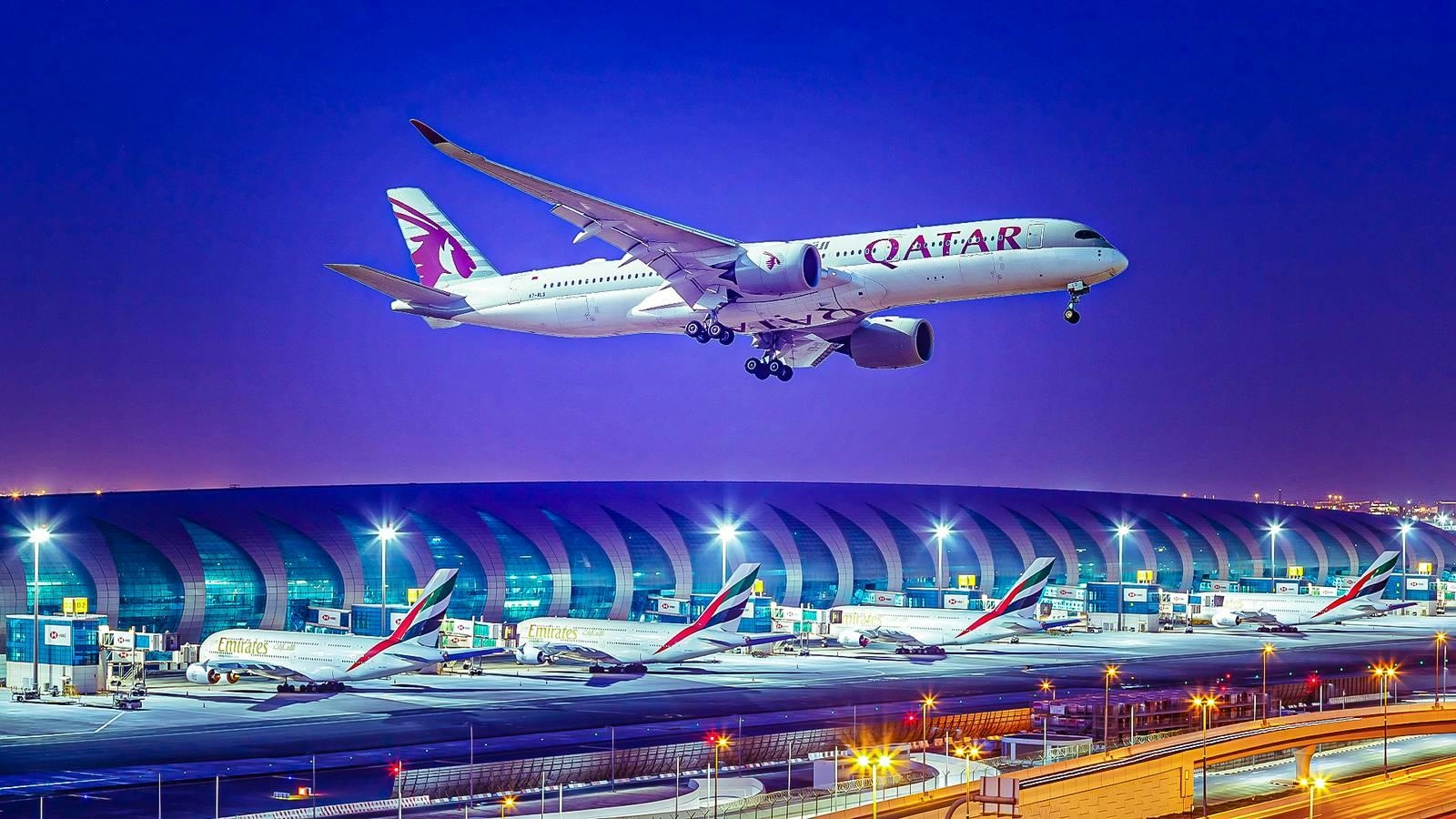現在のトレンド
Categories
Corrosion Threatens Engines of Key MSDF Patrol Aircraft
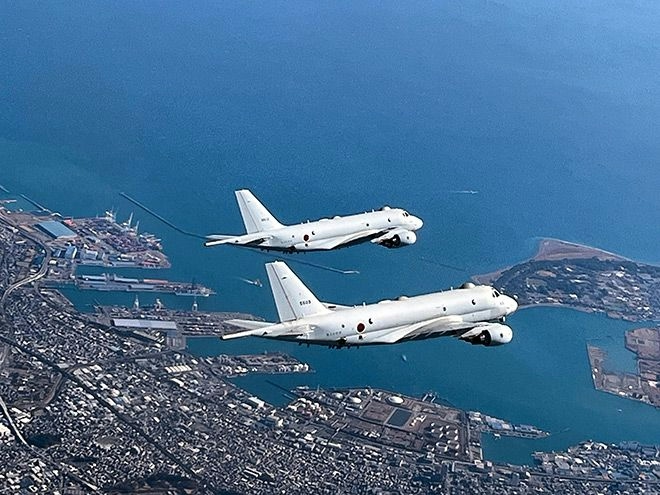
Corrosion Threatens Engines of Key MSDF Patrol Aircraft
Engine corrosion is increasingly compromising the operational reliability of patrol aircraft critical to the Maritime Self-Defense Force’s (MSDF) surveillance of Chinese submarines and suspicious vessels in Japanese waters, according to a recent report by Japan’s Board of Audit. These aircraft, which conduct prolonged low-altitude flights over the ocean, are particularly vulnerable to corrosion-related engine malfunctions. This emerging issue now presents significant challenges to Japan’s maritime security operations.
Operational Impact and Industry Implications
The Board of Audit did not disclose the exact number of affected aircraft, citing Defense Ministry security protocols. Nevertheless, the corrosion problem has raised serious concerns about diminished mission readiness and rising maintenance expenditures. Industry analysts suggest that this situation may accelerate demand for advanced corrosion-resistant materials and technologies, as both operators and manufacturers seek to mitigate future risks. Competitors in the aerospace sector might respond by enhancing engine durability and expanding after-sales support services. Additionally, the anticipated market for leasing new-generation engines could be affected, as operators reassess risk management strategies in light of these vulnerabilities.
The P1 Patrol Aircraft: Development and Challenges
The P1 patrol aircraft, Japan’s first domestically produced maritime patrol model, was initially celebrated for its advanced submarine detection and tracking capabilities. There were ambitions to export the aircraft internationally, but these plans faltered amid technical difficulties. As of September 2024, 35 P1 aircraft—primarily manufactured by Kawasaki Heavy Industries Ltd.—were deployed across MSDF bases nationwide. The P1, which entered service in 2013, replaced the U.S.-made P3C model supplied by Lockheed Martin Corp.
According to the audit, the total development, procurement, and repair costs for the P1 through fiscal 2023 amounted to 1.776 trillion yen (approximately $12.3 billion). The Defense Ministry’s Acquisition, Technology and Logistics Agency plans to eventually field 61 P1 aircraft, with projected expenditures reaching 4.090 trillion yen.
Despite early recognition of the corrosion issue, IHI Corp., responsible for engine development, initially dismissed the malfunctions as coincidental, delaying corrective measures. The MSDF considers the P1’s operation essential due to its sophisticated detection systems, especially as increased Chinese vessel activity has necessitated more frequent and intensive patrols. A senior MSDF officer acknowledged that the relentless operational tempo was not anticipated during the aircraft’s development, exposing further vulnerabilities.
Developmental and Structural Obstacles
The P1’s development encountered significant hurdles. Japanese engineers were compelled to design much of the aircraft’s technology independently, as U.S. systems used in the P3C were inaccessible. Budget constraints at the time further limited the scope of development. Moreover, a “stovepipe” organizational structure, which separated ministry bureaucrats from Self-Defense Force officers, impeded effective information sharing, according to a high-ranking Defense Ministry official.
The Board of Audit also identified issues with onboard electronic equipment and weapons systems, which have grounded some aircraft. Technical problems contributed to the failure of the P1 to participate in the 2017 Paris Air Show, effectively ending hopes for exporting the model.
As corrosion continues to threaten the MSDF’s patrol fleet, the Defense Ministry and industry stakeholders face mounting pressure to address these vulnerabilities and ensure the resilience of Japan’s maritime surveillance capabilities.

Agentic AI Could Transform Airline Operations
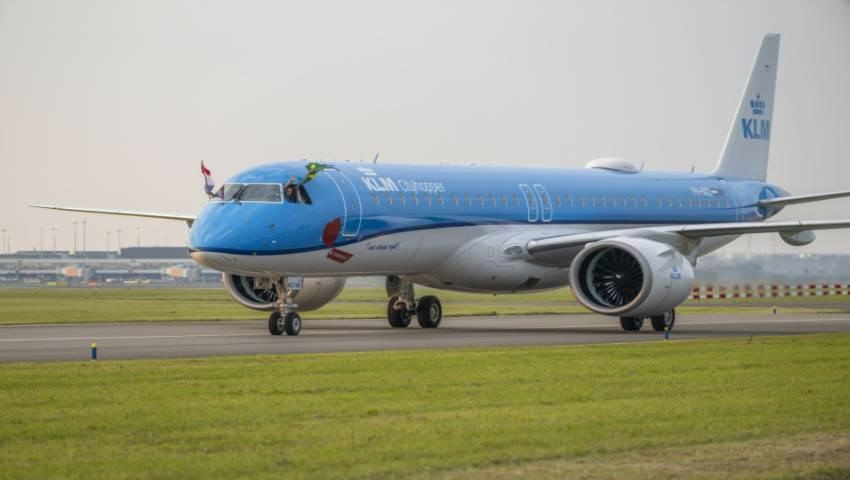
KLM Advances Sustainable Aviation with New Initiatives for 2025
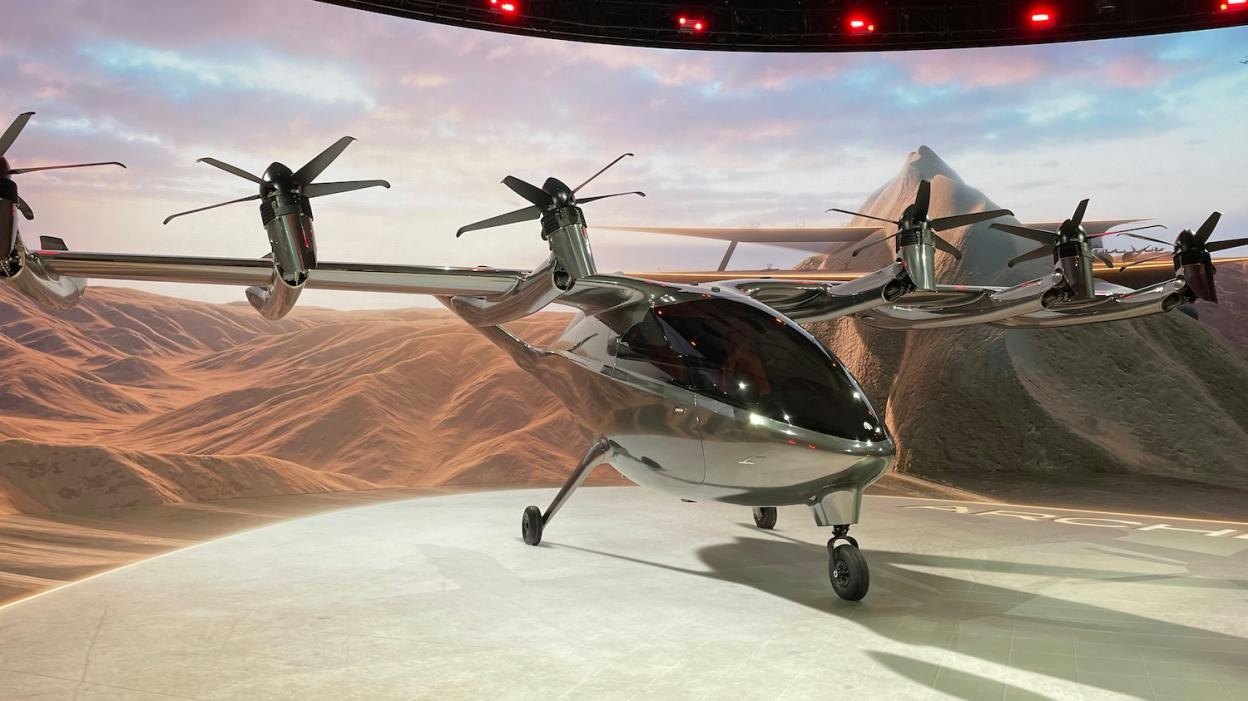
Developer Selects Landing Sites for Upcoming Flying Taxis in Los Angeles
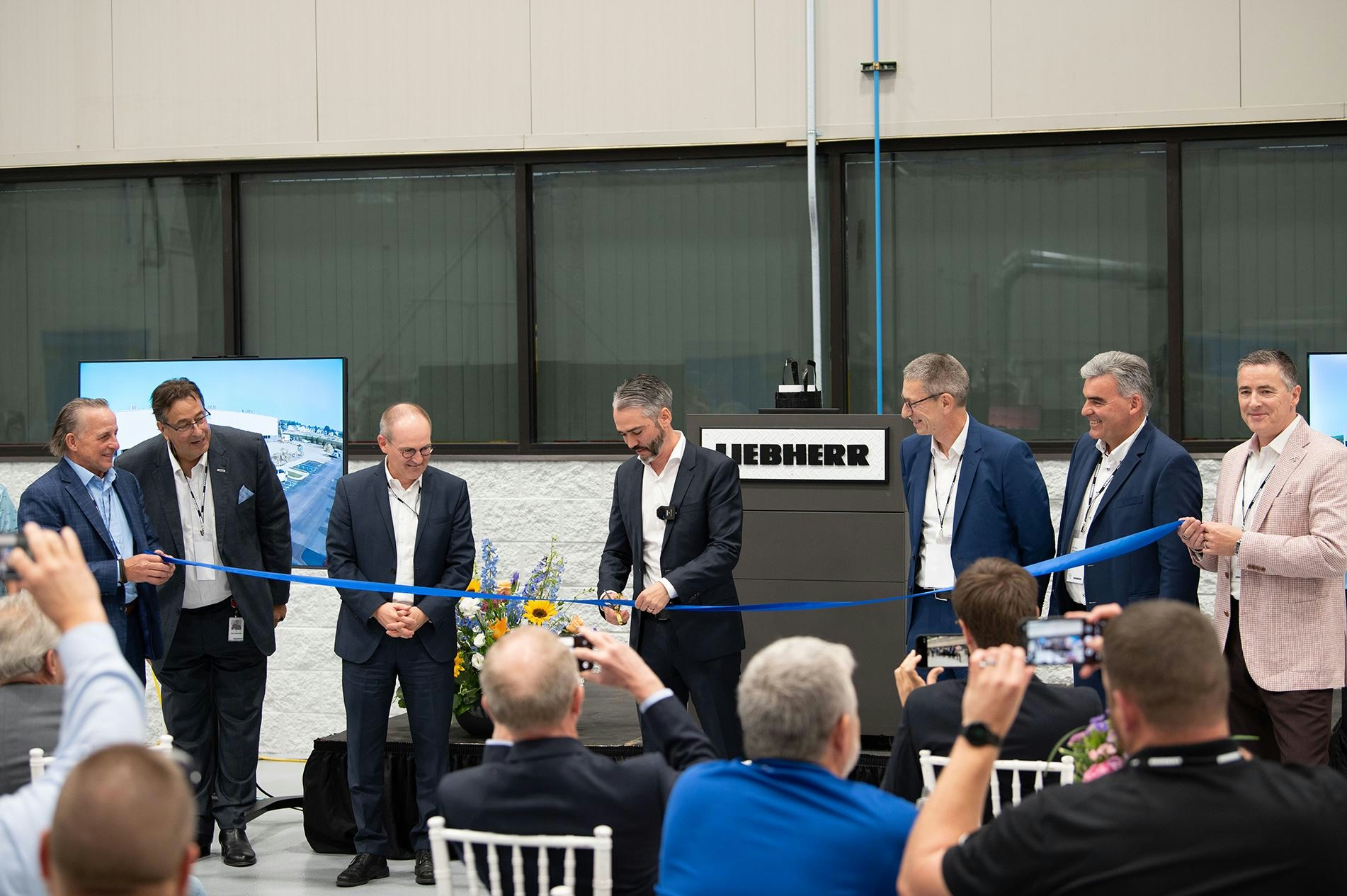
Liebherr-Aerospace Expands Saline Facilities
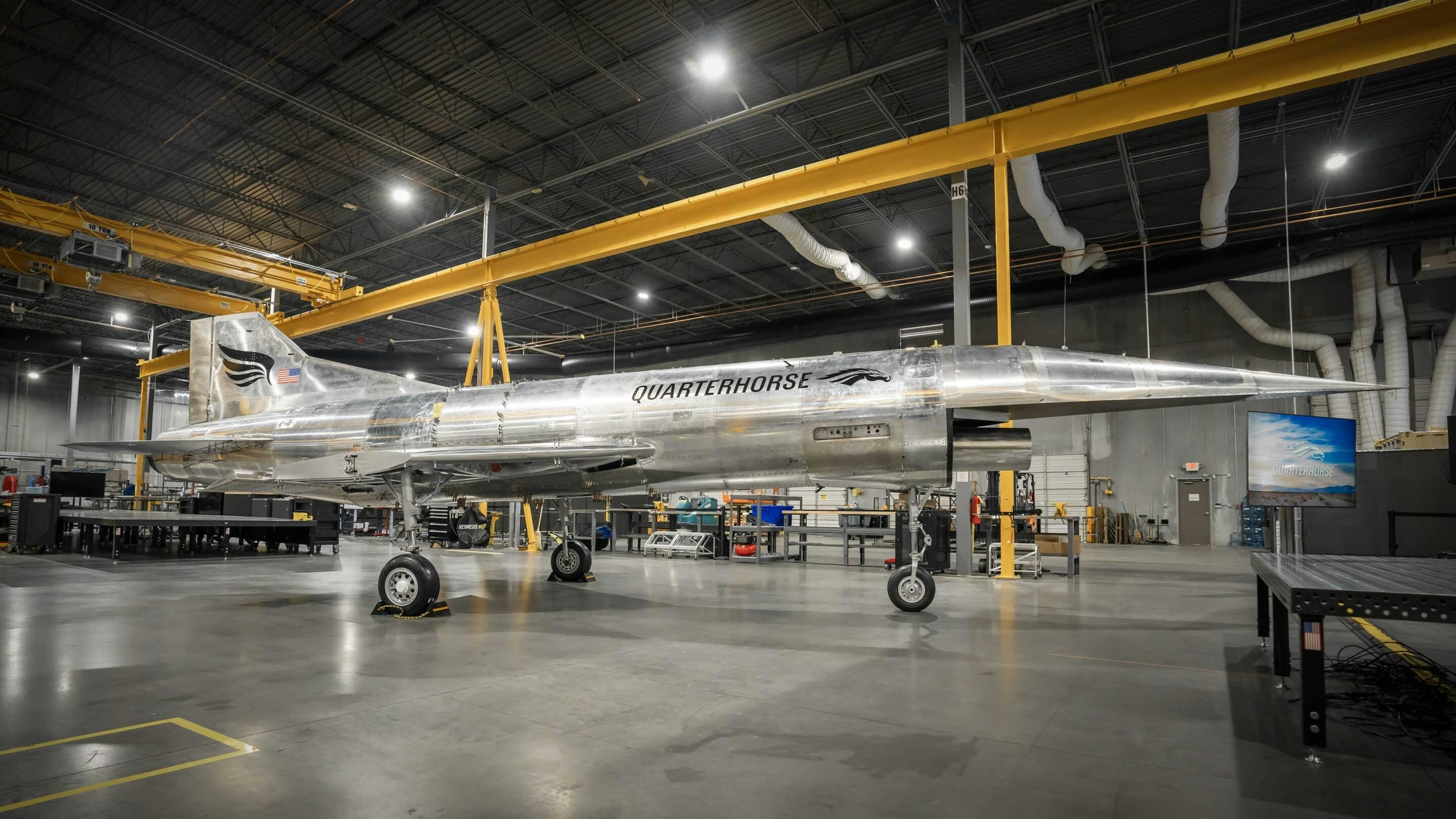
U.S. Announces Plan to Develop Engine for Future Hypersonic Aircraft
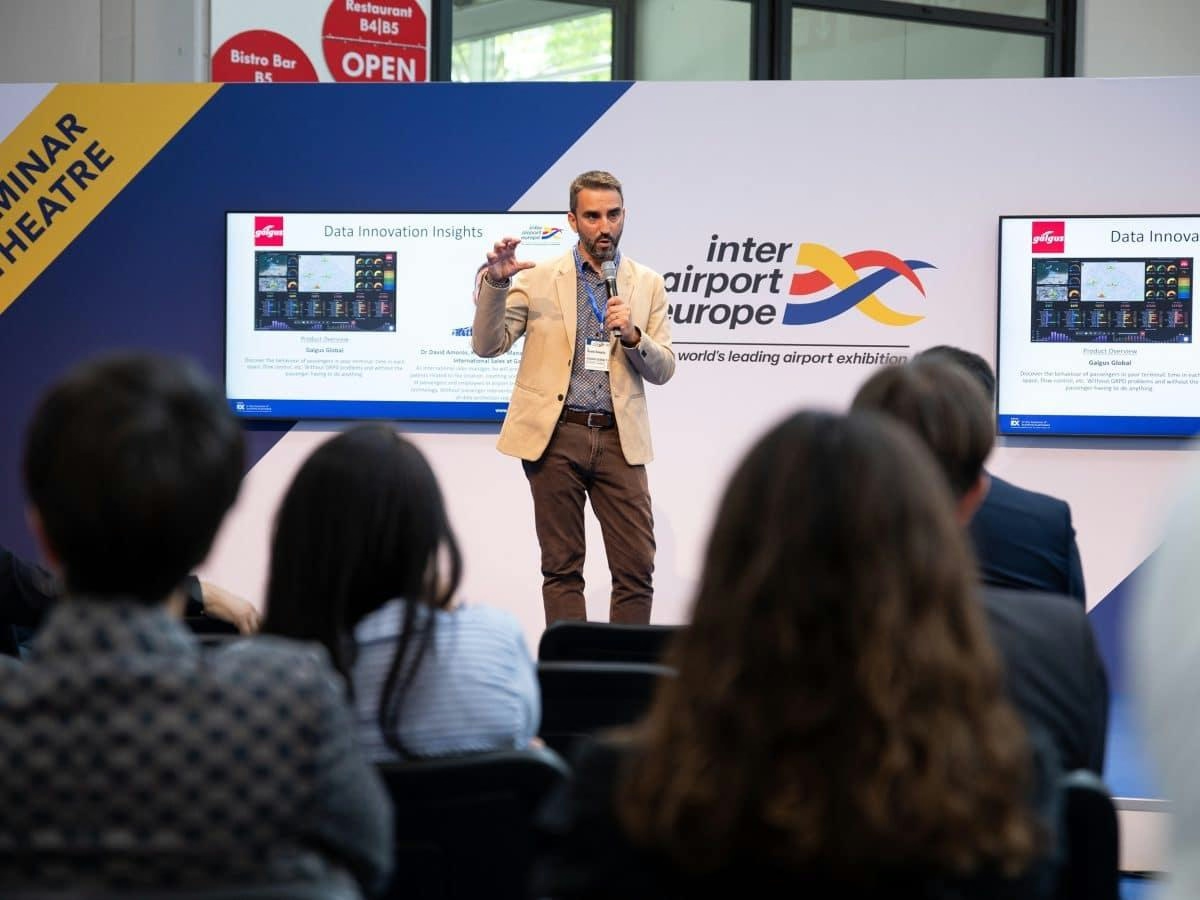
Munich to Host Inter Airport Europe 2025, Highlighting Advances in Aviation
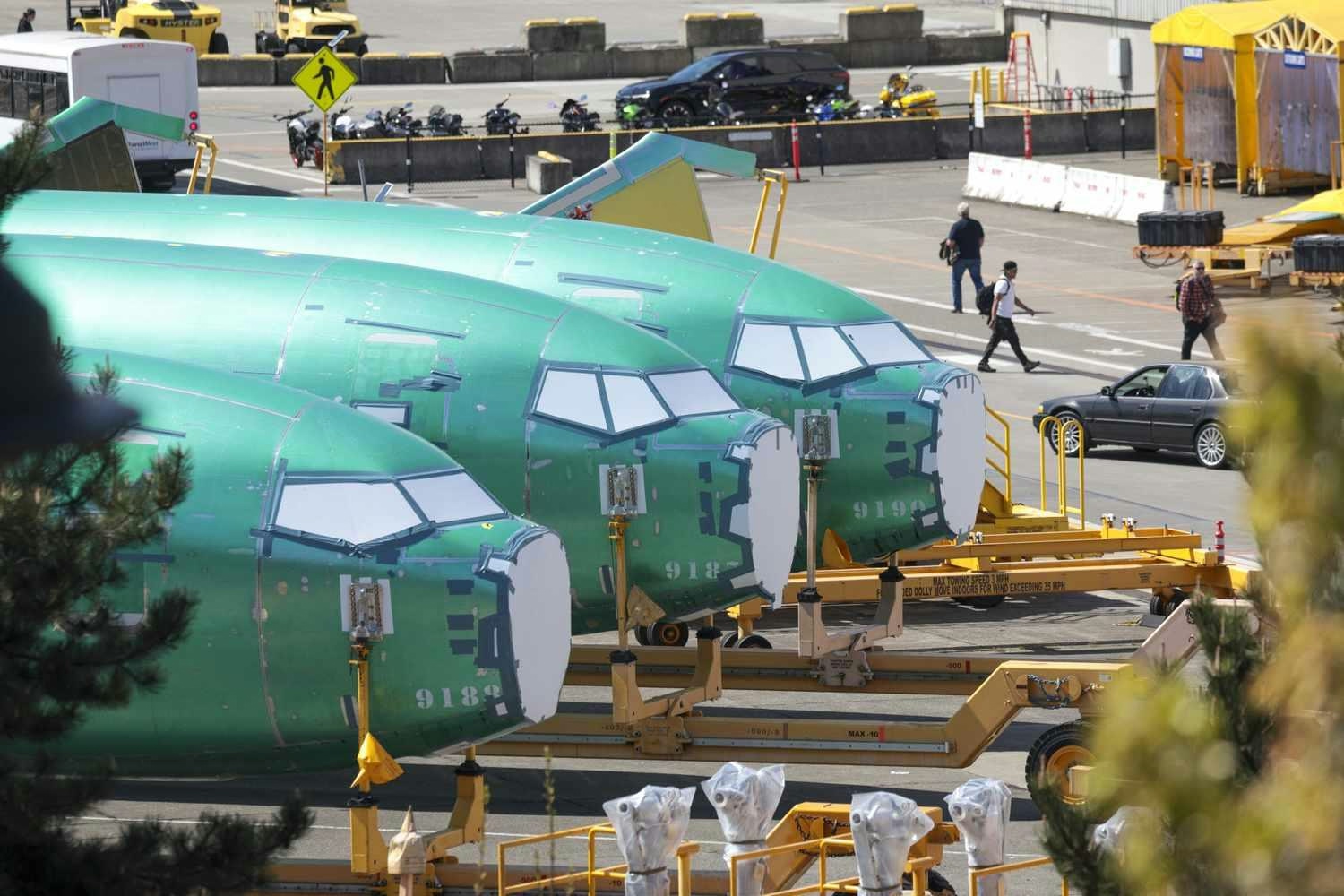
Boeing Reports Strong Financial Results and Key Deliveries in 2025
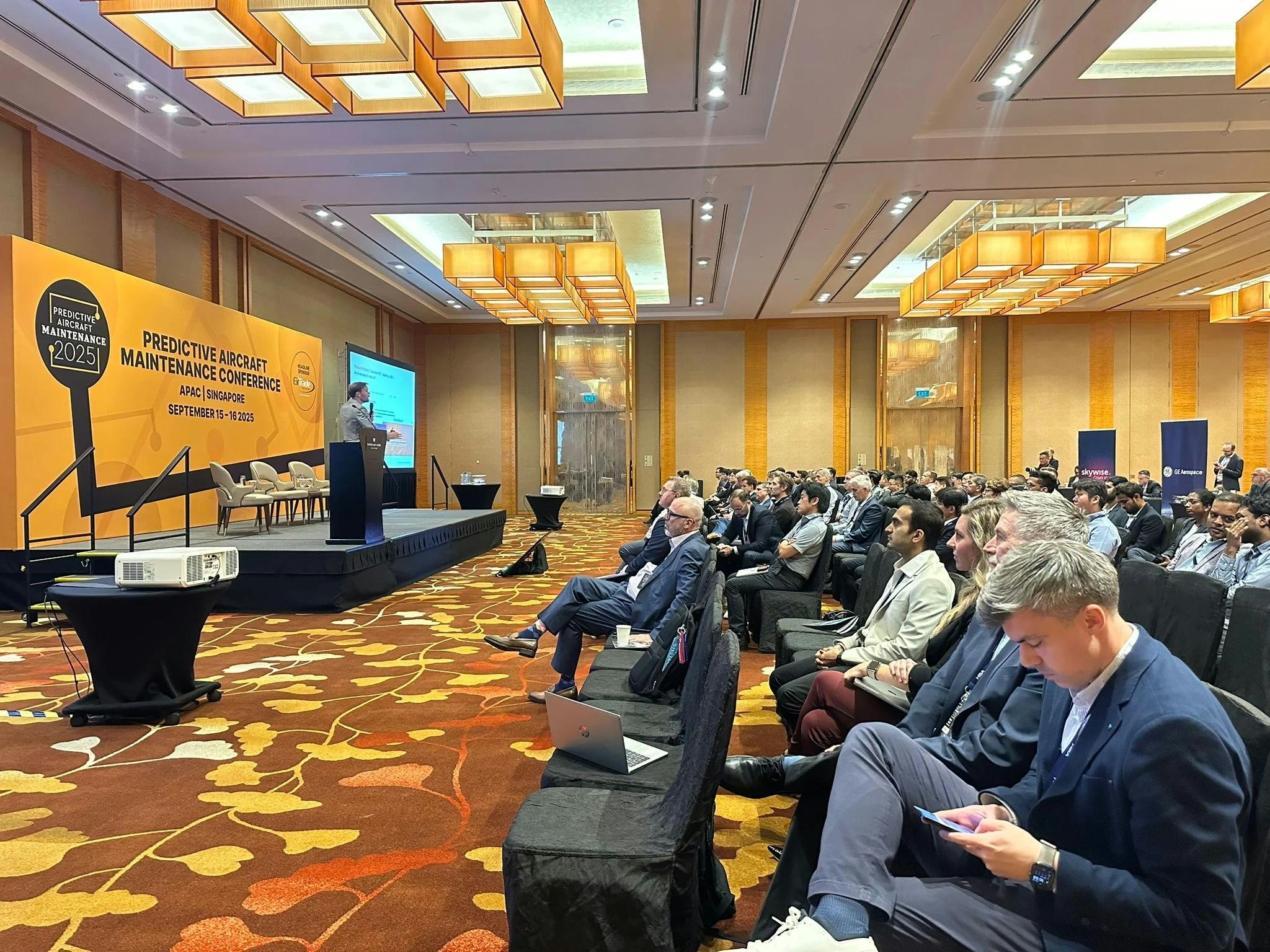
Trust in USM Essential for Effective Predictive Strategies in PAM APAC

Ben Lmadani and the Rise of ABL Aviation
